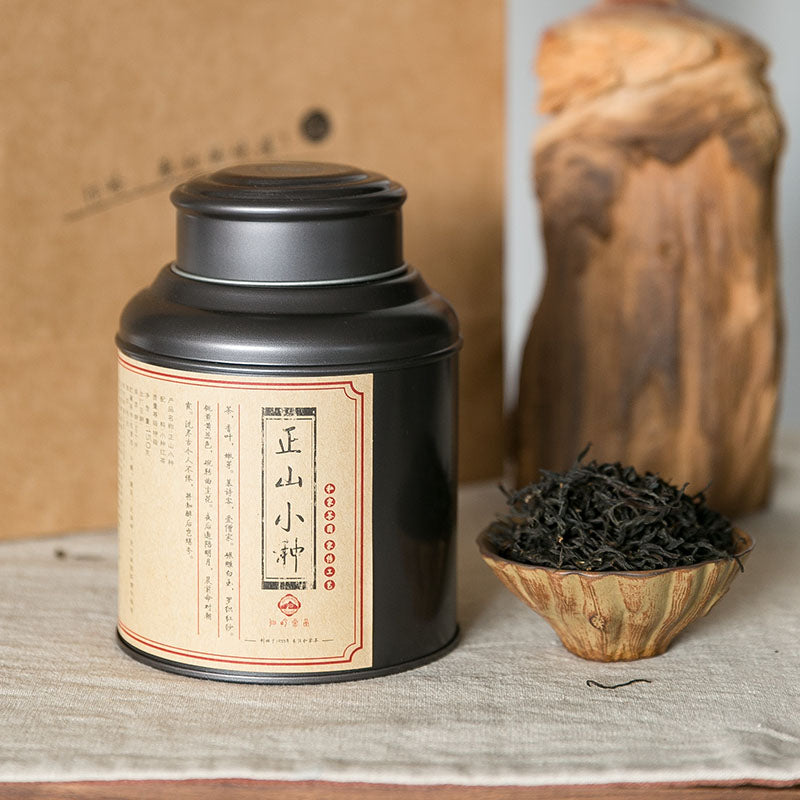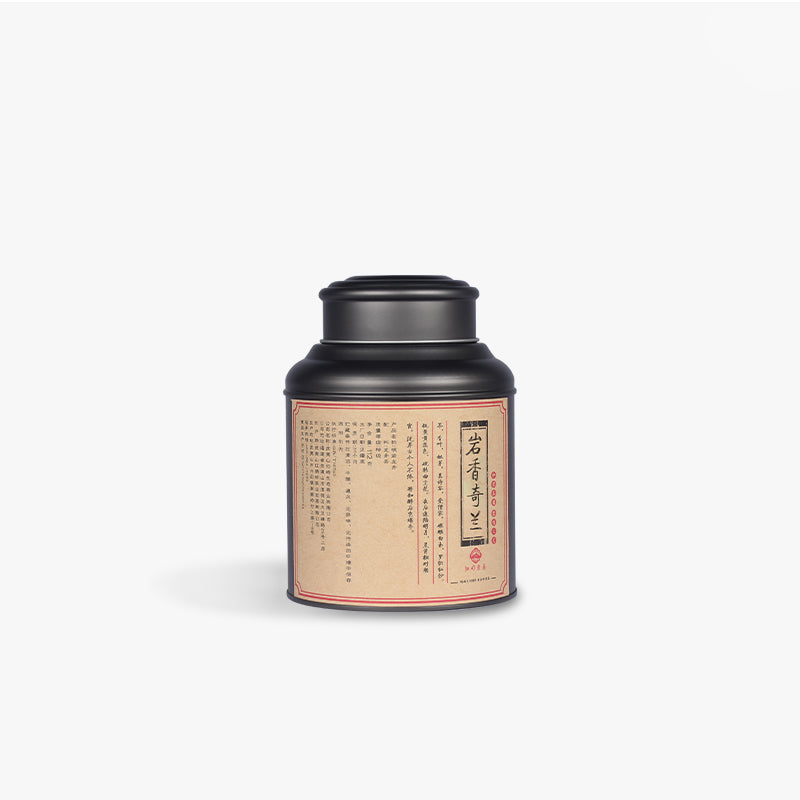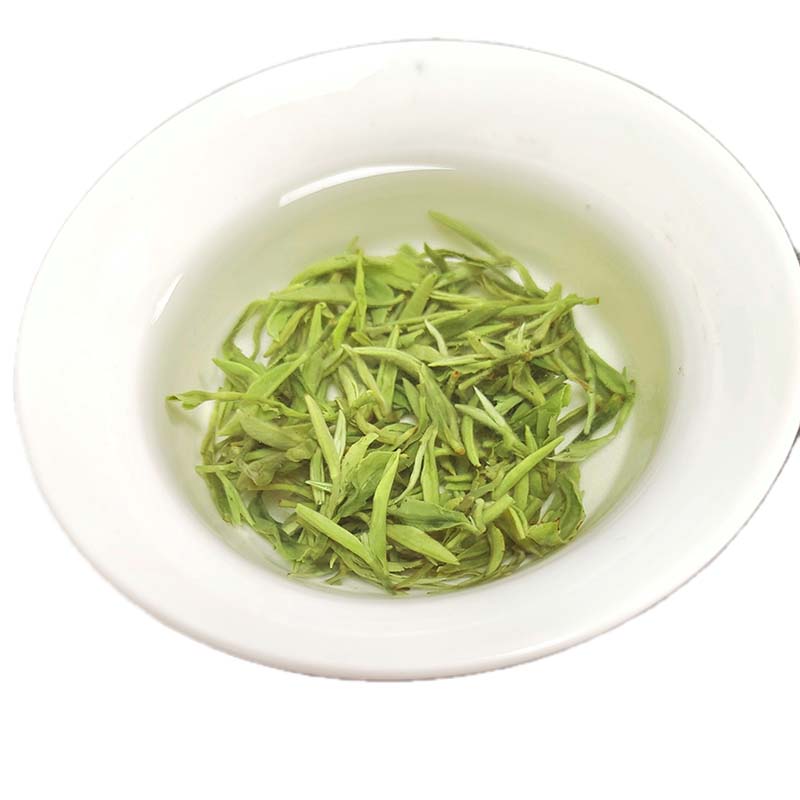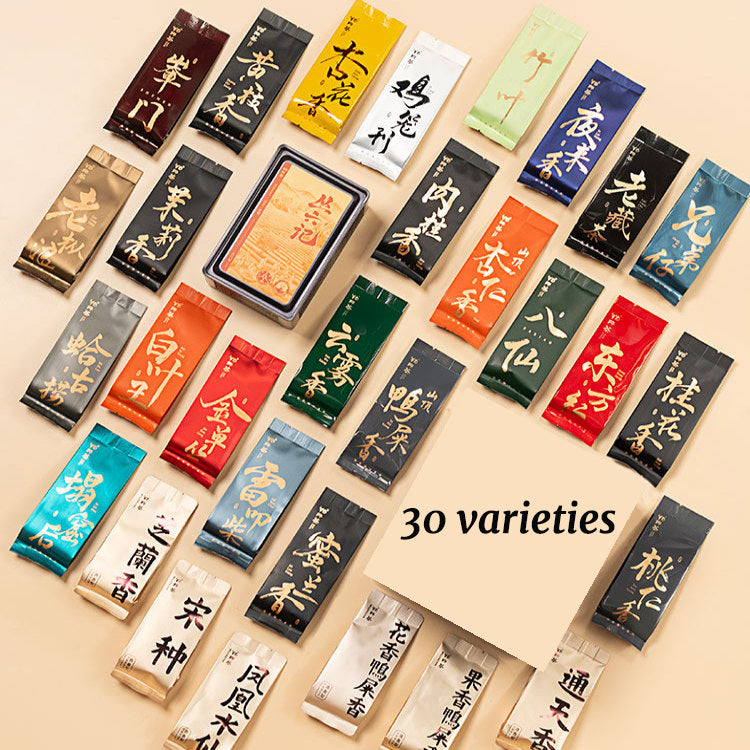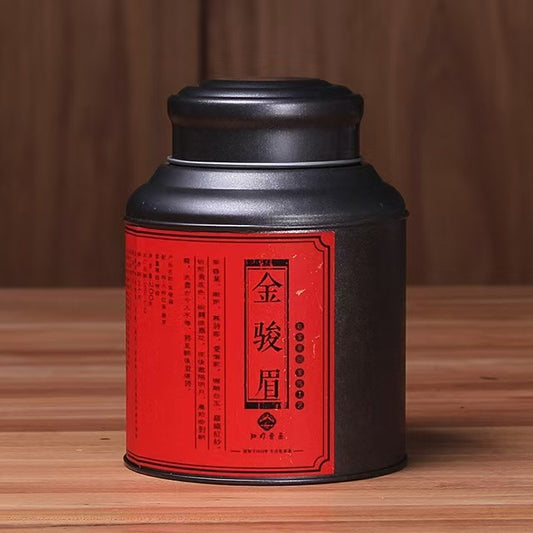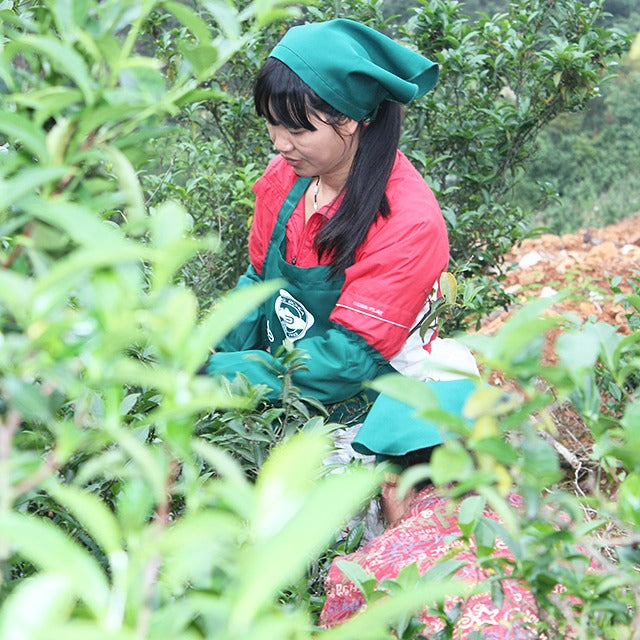Does Tea Mold
Does Tea Mold
Tea, a delicate dance of aroma and flavor, is a storied companion steeped in centuries of tradition. Whether it's a velvety black tea from Assam or a floral oolong from Taiwan, the care we extend to our treasured leaves can make all the difference in preserving their integrity. A question often musing in the minds of those who adore this cherished beverage is, "Does tea mold?" The answer is a resounding yes, though the reasons and remedies behind it unfold like a well-brewed cup, with layers of curiosity and caution.
All teas, regardless of type, have the potential to mold if they aren't stored correctly. Tea is much like a sponge, eagerly absorbing moisture from its surroundings. By nature, tea leaves are meant to be dry, crisp, and fragrant. Introducing them to humidity or improper storage conditions invites mold to the party. I've opened a forgotten tin of tea once, only to find unwelcome speckles of mold among the leaves, a silent testament to neglect.
The key to avoiding such a fate for your tea lies in understanding the balance of conditions it thrives in. The enemy here is moisture, often accompanied by heat and light. Whether you're safeguarding a delicate white tea or a robust pu-erh, ensure it rests in an airtight container, protected from light and stored in a cool, dry place. Those beautiful glass jars might be tempting, displaying the tea's allure as a kitchen ornament, but they expose your leaves to sunlight and temperature fluctuations. Opt instead for opaque or dark-tinted containers made of tin or ceramic, and place them in a space like a dedicated cupboard.
Pu-erh, with its unique fermentation process, offers a particular point of intrigue — while some might think its aged nature makes it less susceptible, improper conditions can still spoil even this resilient tea. Speaking to a spirited tea merchant in Yunnan years ago, he shared a nugget of wisdom: "Pu-erh thrives with a kiss of humidity, but shudders at a gulp." The nuanced art of storing this tea involves maintaining a relative humidity that allows fermentation without crossing the threshold into mold territory.
On the rare occasion that mold does appear, it's best to part ways with the affected tea. While some might assume salvaging unaffected leaves is feasible, mold's pervasive nature often extends beyond what the eye can see, compromising the flavor and safety of what's left.
Ultimately, nurturing your tea collection with care and mindfulness not only preserves its quality but enhances your enjoyment with each brew. As you sip and savor, know that you've set the stage just right for your favorite leaves to sing their symphony of flavor and tradition. And as we always say in the world of tea, every cup is a new opportunity to explore — with just a dash of caution, it can be a journey untarnished by the specter of mold.

